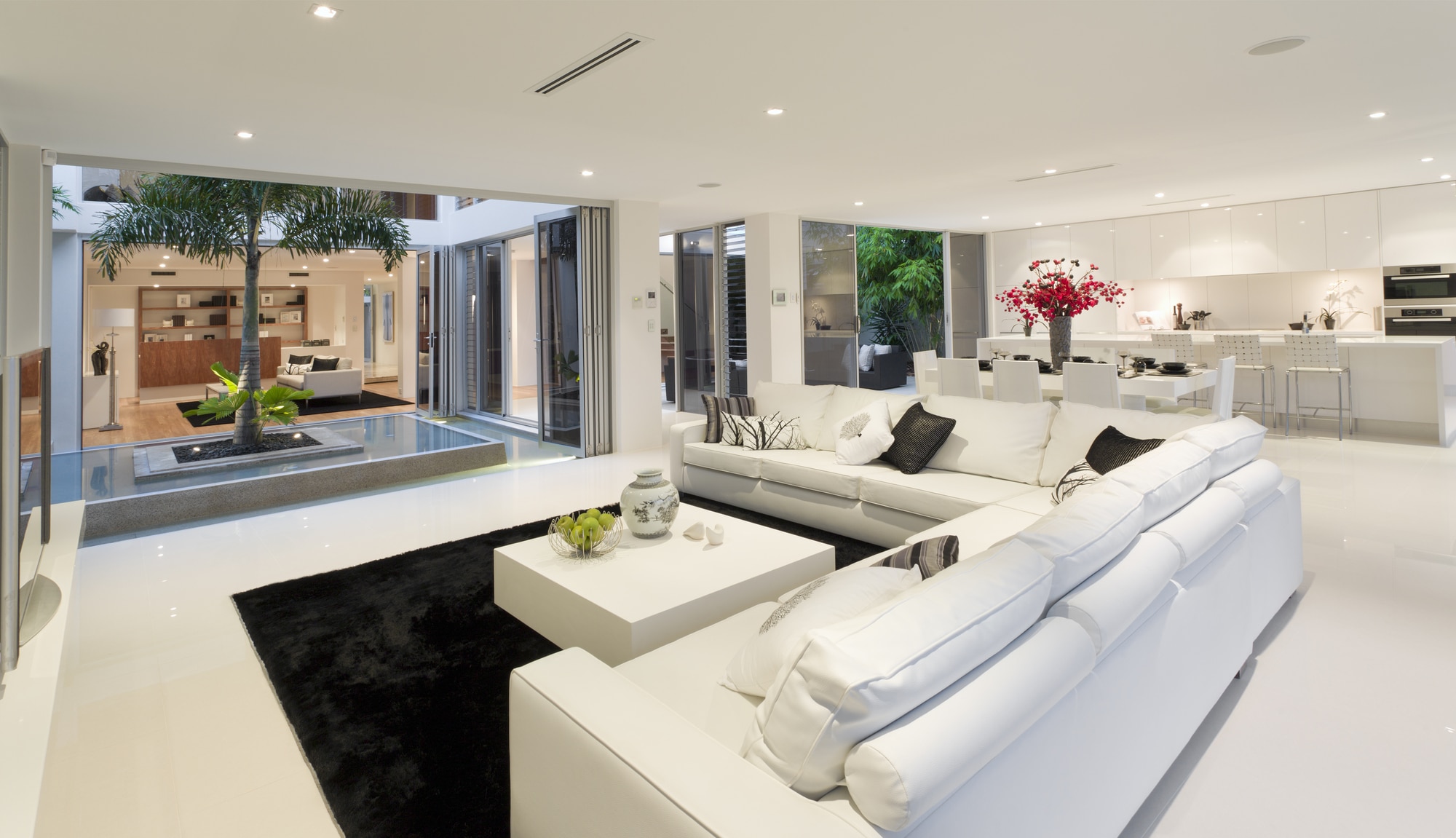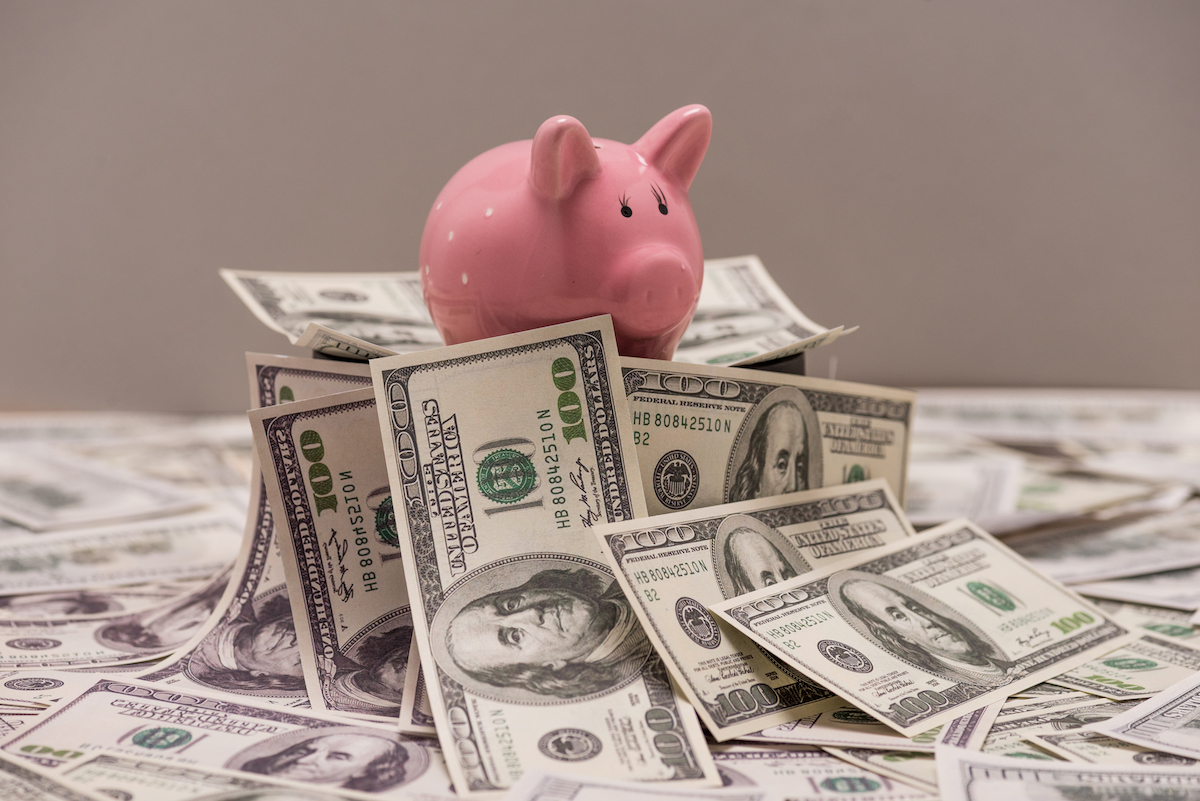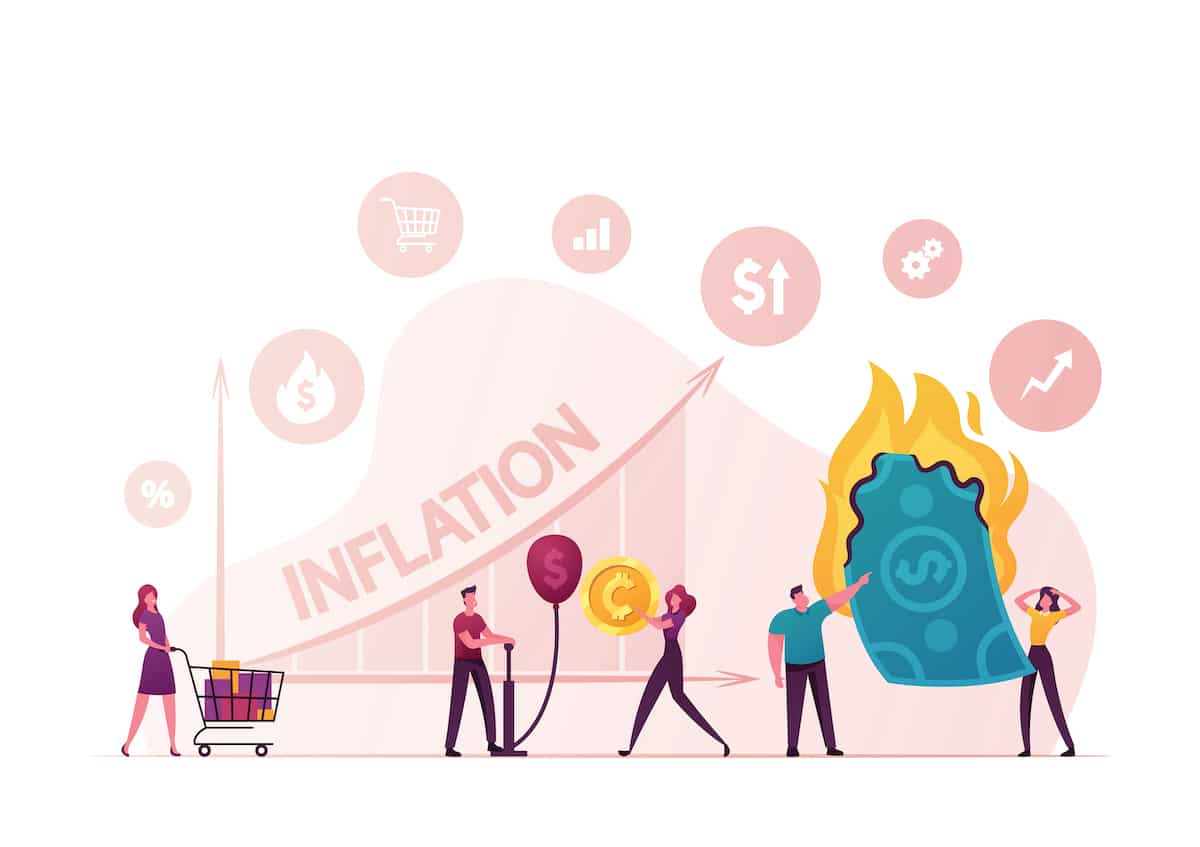Flipping Houses via the Live-in Flip: Pros and Cons
Venturing into the world of real estate is intimidating. Whether you are making your first purchase of a personal residence or starting a business as a real estate investor, there are many unknowns along the way.
Typically, there are two options when taking the real estate investor path: flipping houses or buy-and-hold rentals. Flipping houses and buy-and-hold investing are both great ways to make money in real estate if you know what you’re doing. However, real estate is not a get-rich-quick scheme and is never as easy as it seems on TV. Both methods require a lot of work to make a profit.
Flipping houses requires an investor to find a great deal, fix it up, and then have a resale value higher than the original price plus repair costs. Buy-and-hold real estate also requires a great deal, but instead of selling for a more significant one-time profit (or loss), the investor will rent the property to tenants and benefit from monthly cash flow.
Everyone needs a place to live. Someone who becomes a homeowner instead of a renter technically also becomes a real estate investor. Your residence may not be a good investment, especially when purchased at retail price. However, what if there was a way to combine the benefits of homeownership and flipping houses?
Flipping Houses via the Live-In Flip
We purchased our house in our hometown of St. Louis, MO, in 2008. It was my grandma’s old place and cosmetically hadn’t changed since the 1970s. Every room needed significant updates, not including the need for a new roof, HVAC system, and plumbing.
We are still living in the house today. If I did the math, we’d probably have a negative return on investment. However, we didn’t purchase this home to maximize profit; we did it because we liked the house and the neighborhood. We could afford the time investment required, being young and early in our careers.
We have since updated the house thoroughly. Though the goal was never to treat it as a live-in flip, it’s turned out that way. However, if someone were to want to turn this into a more profitable endeavor, they’d likely fix it up faster and not stay in the same home for more than ten years, as we have.
Even if you don’t plan to turn flipping houses or live-in flips into a full-time business, there can still be benefits of a live-in flip over the long haul. For example, we have been able to pay off our mortgage early since we bought our home at a relatively low price, which will provide us with flexibility once we decide to move to a different house.
We’ll consider the pros and cons of flipping houses via the live-in flip. Whether you decide to move every few years or live there for ten years before upgrading to your dream home, these are the pros and cons.
Pros of Flipping Houses Via the Live-in Flip
Lower Mortgage Interest Rates and Down Payment
An individual wanting to purchase an investment property will need to be prepared to pay 20-25% of the purchase price up-front on the home. Additionally, the interest rate is often 0.5-0.75% higher than a primary residence. Therefore, you’ll be able to take advantage of a lower down payment and a lower rate by purchasing a live-in flip as a primary residence.
Federal Housing Administration (FHA) loans allow a homebuyer to purchase a home with as low as a 3.5% down payment. Lower down payments don’t mean you shouldn’t have plenty of money saved up to finance the house flip. Regardless of your budget, you’ll want to have an additional 50% in emergency savings for unexpected costs because there will almost certainly be unexpected costs.
You’ll also need to be prepared to pay private mortgage insurance (PMI) on mortgage payments with less than a 20% downpayment. Regardless, this approach provides additional options to get into the game of flipping houses.
No Income Tax Due When You Sell
Not paying capital gains tax when you’re ready to sell your home may be the most significant advantage of flipping houses via the live-in flip. Section 121 of the tax code says that if you live in a property for two of the last five years before selling your home, you would be exempt from paying any taxes on the increased price compared to the purchase price.
For example, let’s say you bought a house for $150,000, put in $50,000 in repairs, and then sold for $300,000. You would have to pay taxes on $150,000, minus any deductions if you didn’t live in the property for two of the past five years. Flipping houses is generally treated as ordinary income, which means you’d not only pay federal tax based on your incremental tax bracket but would also be subject to self-employment and state taxes.
Depending on your federal tax bracket, you could end up owing close to 50% or more of the gross profit upon sale if you hadn’t lived in the property for two of the last five years. Consult your tax professional regardless to ensure you comply with all IRS regulations.
You Don’t Have to Leave Your Home to Make Updates
As a parent with young children, not going to another home to make updates is appealing. I know that many people hire out the work to flip a house, but if you’re somewhat handy, there’s plenty of sweat equity work you can do yourself. In addition, it is a great way to save money as you make upgrades. As someone who isn’t very handy personally, I don’t trust myself with electrical or plumbing work. However, I will tackle more cosmetic updates such as painting and flooring.
For example, last year, we painted all of our old wooden doors and trim in our home, which made a significant difference in the appearance of our home. The price to hire out would have cost five times the amount we spent to do it ourselves. Instead, we were able to update all of the doors in our house for less than $100 each. We completed these updates without leaving the house, so my kids never had to see me go somewhere else to do the work. My 7-year-old even chipped in a little to help out.
Multiple Exit Strategies
Flipping houses via a live-in flip is the focus of this post, but that doesn’t mean it has to be your only exit strategy. There are multiple other options that you can consider. In the end, you might decide this home would make a great rental property once you have it fixed up and are ready to move out.
You could refinance the loan, pull out the home equity, and then use that money to purchase a new home. The old house could be kept and rented out. If you decided to sell within a few years, you could still benefit from not paying income taxes on the gains if you lived in the property for two years and then rent it out for three years or less.
Since you wouldn’t have multiple mortgages, nothing keeps you from living in the house for a more extended period if the time to sell isn’t great. The housing market could change any time, just as it did between 2009 and 2013 when the market was unfavorable to sellers. Since this will be your residence, you’ll have the flexibility to stay in the home for a more extended period if needed.
Cons of Flipping Houses Via the Live-in Flip
Your Home Will Be a Construction Zone
As lovely as it may be to do your work without leaving the house, it also means your home will be a construction zone. For example, we remodeled our kitchen a few years ago, and it took a full six weeks as we installed new floors, walls, cabinets, and countertops. While finishing the floors, we stayed with my parents at one point for a week. As a result, you may have to live with entirely inaccessible parts of your home at times.
There’s also the dust — so much dust. If you don’t seal your rooms off properly, dust will get into your HVAC system and blow that dust all through your home. You’ll want to ensure the rest of your family knows what you’re getting into when doing a live-in flip. Setting expectations upfront will limit surprises down the line.
You May Have to Move Often
If live-in flips become a regular thing, then you may find yourself moving often. You’ll want to consider the impact that will have on your life. What if you move into a dream home and become best friends with your neighbors? How easy will it be to move to a new place? Moving may not be as complicated if you are single or married without kids, but it could be more difficult as your family grows.
Moving often also comes with additional costs. When flipping, you’ll want to ensure you include closing costs and other charges involved in a move. In addition, renting a moving truck or hiring movers isn’t cheap. You may also need additional furniture for your next live-in flip. However, as the price of your home increases, you are offsetting these risks if you buy correctly.
The Housing Market Could Tank
Even if your plan going into a live-in flip is to sell after two years, you should have a backup plan in case the housing market tanks. For example, people who purchased live-in flips in 2006 or 2007 may have ended up getting stuck with their home for much longer than expected. As a result, homeowners had to either take a huge loss or stick it out.
Therefore, it would be wise to have a backup plan if the housing market tanks. Even if home prices don’t go down, rising interest rates, increases in supply, or a variety of other factors could quickly flip the economy from a seller’s market to a buyer’s market. Regardless of the market, this is why it’s so essential to run the numbers repeatedly to ensure there is plenty of padding. Even without the market cooling, there will likely be unexpected costs that will push you over budget.
The Pros and Cons of Flipping Houses Via the Live-In Flip
If you want to get into flipping houses without owning two properties or leaving your home every night to manage the upgrades, this may be the best route for you. There are significant tax advantages and the potential for lower interest rates. Of course, your home may be a construction zone, and you’d have to get used to moving often, but if these don’t seem like significant issues, house flipping via the live-in flip could help you to get involved in real estate investing. Fingers crossed that the market holds up for the next few years if you go this route.
This article originally appeared on Wealth of Geeks.
Mark Patrick
Mark is the founder of Financial Pilgrimage, a blog dedicated to helping young families pay down debt and live financially free. Mark has a Bachelor’s degree in financial management and a Master’s degree in economics and finance. He is a husband of one and father of two and calls St. Louis, MO, home. He also loves playing in old man baseball leagues, working out, and being anywhere near the water. Mark has been featured in Yahoo! Finance, NerdWallet, and the Plutus Awards Showcase.






